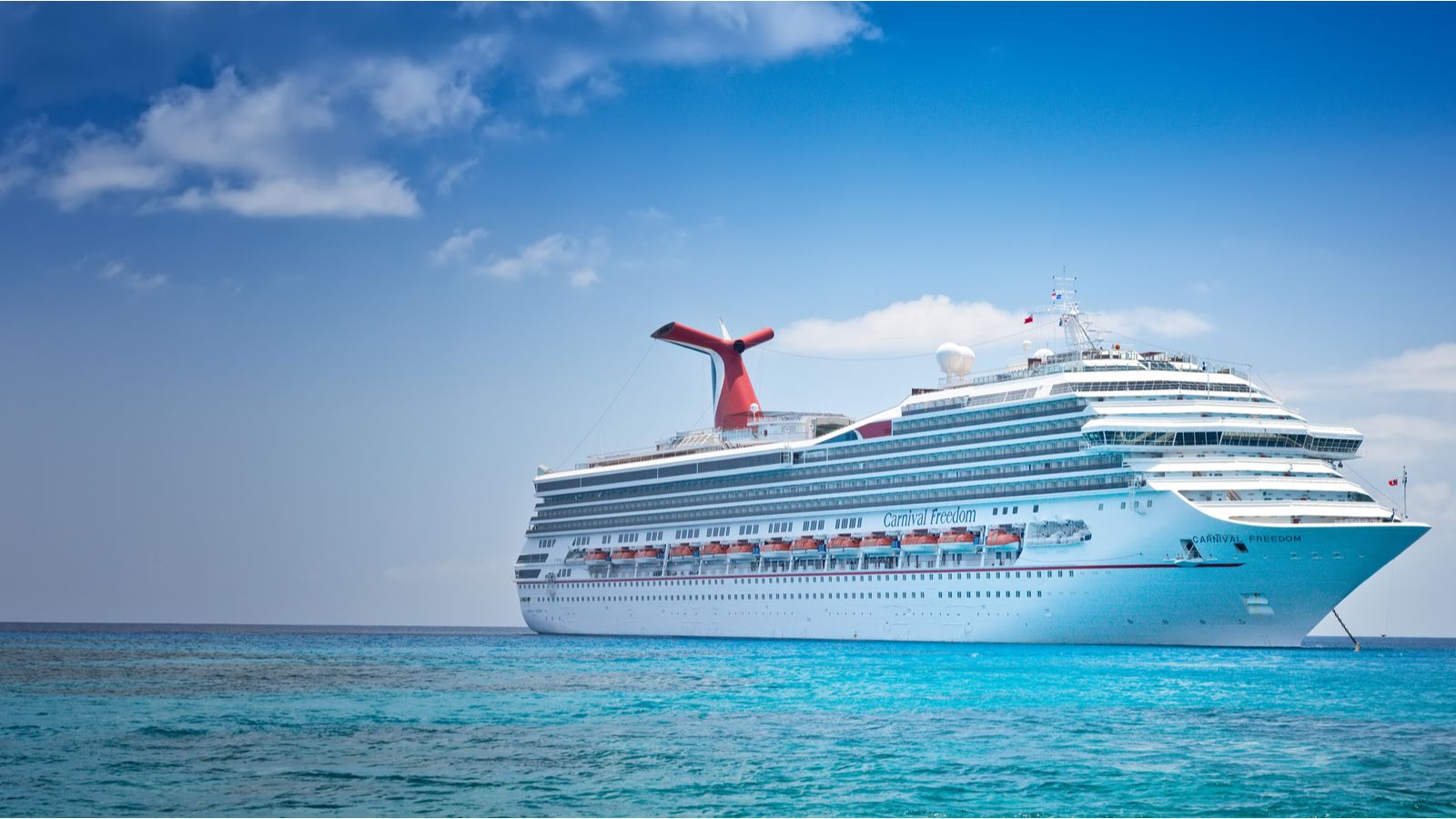Carnival (NYSE:CCL) stock is quite different than it was prior to the Covid-19 pandemic. Long gone are the days when the cruise operator could confidently raise its cruise fares. Getting passengers back on Carnival’s ships during a time a high inflation will be a major challenge.
So, even though Carnival showed top-line improvement during its most recently reported quarter, this shouldn’t be enough to convince cautious investors to buy CCL stock now.
Few segments of the U.S. economy are as sensitive to macroeconomic shifts as cruise lines. First, Carnival’s business was crushed when Covid-19 struck. Now, the company has to deal with elevated inflation. When people have to prioritize their purchases, luxuries like cruise trips tend to get jettisoned first.
Consequently, Carnival has had to get creative – meaning, reduce its cruise fares. As we’ll see, this tactic has impacted Carnival’s revenue, which improved quarter-over-quarter but isn’t where it ought to be.
| CCL | Carnival | $7.09 |
What’s Happening with CCL Stock?
It hasn’t been a pleasure trip for stocks overall in 2022, but CCL stock has definitely gone into uncharted territory. The shares started the year at $21 but sank like the Titanic not long ago.
Naturally, investors have been concerned about higher food and fuel prices, and how they’re affecting Carnival. Plus, supply-chain disruptions are undoubtedly causing problems for the company.
One analyst also reportedly expressed concerns about “supply and demand in Europe, as well as persistent cost and cash flow headwinds” for Carnival. On top of all that, prospective investors should know that Carnival’s fares are cheap now, and that’s not necessarily a good thing.
Reportedly, Carnival’s offering passengers a three-night cruise trip for $99. That’s not per day, but for the entire trip. Furthermore, it’s been stated that Carnival provides “some four-night fall sailings as low as $26 per day.”
Cheap Cruises and Carnival’s Financial Results
Before you book a cheap-as-dirt cruise, think about the implications the cut-rate fares are undoubtedly having on Carnival’s financial performance. Sure, Carnival can brag about its 80% sequential revenue improvement in 2022’s third fiscal quarter. Yet, there’s more to the story here.
For one thing, Carnival’s quarterly revenue of $4.31 billion missed analysts’ estimate of $4.9 billion. Thus, the reduced-fare strategy might be taking a toll on Carnival’s top line.
It’s also likely having a negative impact on the company’s bottom line. For 2022’s third fiscal quarter, Wall Street expected Carnival to report a net earnings loss of 11 cents per share. The actual result was a major letdown: Carnival posted a quarterly net loss of 65 cents per share.
Financial traders reacted negatively to these results, and the Wall Street Journal connected the dots with a stark headline: “Carnival Stock Sinks as Discounting Dings Earnings.” So far, it looks like the company’s discount-pricing strategy hasn’t brought Carnival any closer to profitability.
The Best Policy Is to Avoid CCL Stock Now
Some traders might see Carnival’s 80% sequential revenue increase and be tempted to take a long position. This could be a hasty and costly move, however.
As they say, the devil’s in the details, and there are some disappointing details in Carnival’s recently reported financial update. So, feel free to book a cheap cruise if you’re in the mood for an exciting getaway. If you’re fishing for winners in the financial markets, though, CCL stock is only likely to put you underwater.
On the date of publication, neither Louis Navellier nor the InvestorPlace Research Staff member primarily responsible for this article held (either directly or indirectly) any positions in the securities mentioned in this article.
